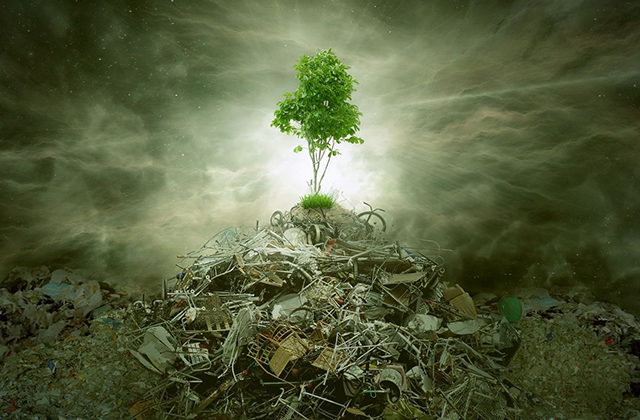Introduction
Good drainage is essential for the safety and health of your property, preventing water damage, soil erosion, and flooding. Proper installation of drainage pipes is crucial to ensuring that your property remains safe and dry during wet weather conditions. This guide outlines the key factors to consider when laying drainage pipes, from the type of soil to the location of existing structures. Pipe relining Western Sydney are essential for providing safety in your property.
Understanding the Importance of Drainage Pipes
The primary function of drainage pipes is to direct water away from your property, preventing damage and ensuring that the soil remains stable. A properly installed drainage system can prevent soil erosion, foundation damage, and flooding. Without a proper drainage system, water can accumulate on your property, leading to potential structural damage and health hazards.
Factors to Consider When Laying Drainage Pipes a. Soil Type: The type of soil on your property can have a significant impact on the type of drainage pipe you need to install. Certain types of soil, such as clay, can lead to poor drainage and require specialized pipes to ensure proper drainage.
b. Slope and Gradient: The slope and gradient of your property are important factors to consider when laying drainage pipes. The slope will determine the direction and speed of water flow, while the gradient will influence the depth and width of the trench required for installation.
c. Water Flow Rate and Volume: The amount of water flow and volume will determine the size and capacity of the drainage pipes you need. The larger the water flow and volume, the larger the pipe required to handle the load.
d. Location of Existing Structures: The location of existing structures on your property, such as underground utilities and septic tanks, can impact the location and design of your drainage system. It is important to ensure that drainage pipes are not installed near existing structures to prevent damage.
e. Climate and Weather Conditions: Climate and weather conditions can have a significant impact on the effectiveness of your drainage system. In areas with heavy rainfall or snowfall, larger pipes and a more comprehensive drainage system may be required. Similarly, in areas prone to drought or low rainfall, a less complex system may be sufficient.
Choosing the Right Drainage Pipe
There are various types of drainage pipes available, including PVC, concrete, and corrugated metal. The type of pipe you choose will depend on the factors outlined above, as well as other considerations such as cost and durability. PVC pipes are generally the most affordable and easiest to install, but may not be suitable for certain soil types or water flow rates.
Installing Drainage Pipes
The installation process for drainage pipes involves digging a trench, laying the pipe, and backfilling with soil. It is important to ensure that the trench is deep and wide enough to accommodate the pipe and allow for proper drainage. The slope and gradient of the trench should also be carefully considered to ensure water flows in the desired direction.
Maintenance and Repair of Drainage Pipes
To ensure the longevity and effectiveness of your drainage system, regular maintenance is essential. This includes cleaning out any debris that may have accumulated in the pipes and checking for any signs of damage or wear. Repairing any leaks or damage promptly can prevent further damage to your property and avoid the need for costly repairs in the future.
Conclusion
Installing a proper drainage system is an important aspect of maintaining the safety and health of your property. By considering the factors outlined above and choosing the right type of drainage pipe, you can ensure that your property remains safe and dry during wet weather conditions. Regular maintenance and prompt repairs can help to prolong the life of your drainage system and prevent potential damage. Read more for proper drainage system installation.



